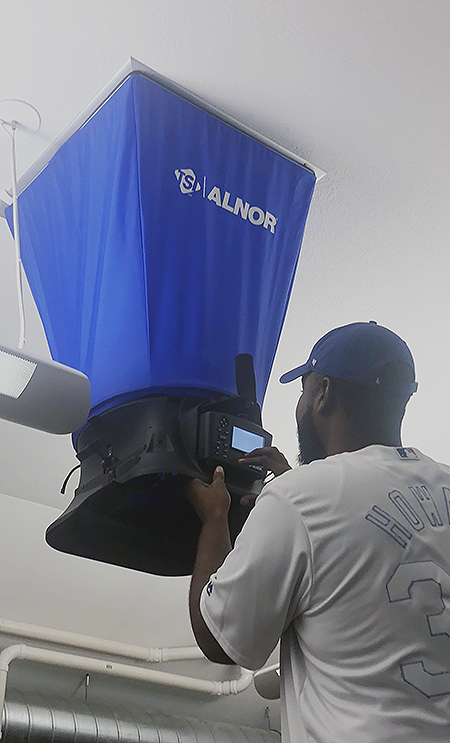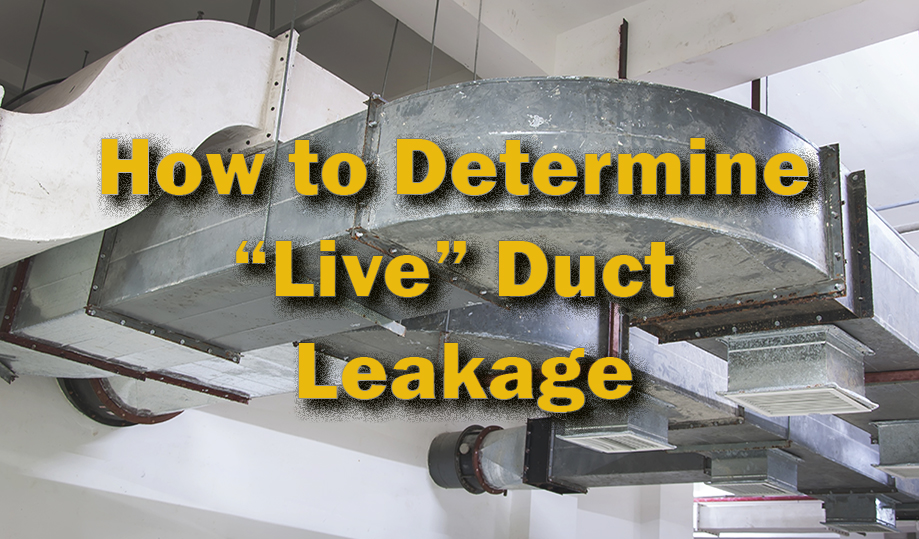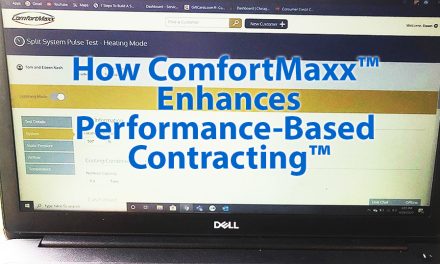Why is live duct leakage testing important? What problems does testing resolve? The answer begins with a known: since the dawn of man and the invention of the chimney, improper venting and leakage have caused energy, health, and safety problems. Efforts to resolve these issues are codified. Still, without measuring and testing, you can only guess where the leakages are and the damage they are causing.
In new federal construction projects, the Whole Building Design Guide (ncilink.com/WBDG) sets the standards. It requires Duct Air Leak Testing (DALT) on new federal construction projects.

In addition, the Sheet Metal and Air Conditioning Contractors? National Association (SMACNA) outlines DALT in their HVAC Air Duct Leakage Test Manual (ncilink.com/SMACNADuct).
During construction, portions of high and medium-pressure duct systems are isolated and capped off. This practice is HIGHLY impractical after the system is installed and operational.
You must isolate ductwork and seal it before completion. Then you pressurize sections using specialized equipment, such as the duct leak test machines made by TSI/Alnor (ncilink.com/TSIducttest) or McGill (ncilink.com/McGill).
Next, you check the pressure drop across a calibrated orifice against the instrument manufacturer’s flow conversion table to determine the leakage rate.
Air Don’t Care
The Department of Energy (DOE) defines Residential Duct Air Leak Testing under the following guidelines: ncilink.com/DOEductguide.

Just remember, a duct system doesn’t care where you install it. The same rules of physics apply to airflow for both residential and commercial construction. There are plenty of residential-type installations in commercial buildings all over the country.
In 2016, the Building Commissioning Association surveyed approximately 300 facility professionals. The survey (ncilink.com/2016BCA) showed that 74% of respondents believed that duct leakage was a significant factor in increased energy consumption.
A study was conducted of NCI Certified contractors, then verified through ComfortMaxx? (ncilink.com/CMaxx) software. It found that out of 847 commercial systems tested, the average System Performance Score (ncilink.com/ICYMI1028) was 48% of manufacturers’ rated unit output.
The testing included diminished delivery due to restrictive and undersized duct systems, as well as thermal loss or gain. Duct leakage was a consistent factor in the testing.
The Testing Process
You should also consider the ASHRAE/ANSI Standard for testing duct leakage in operating systems, ‘Method of Test to Determine Leakage of Operating HVAC Air Distribution Systems.’
In summary, the method of testing outlined in ASHRAE 215 states that the technicians should read total airflow from a unit or fan via duct traverse with a calibrated instrument, then read the inlet/outlet flows with a calibrated balancing hood.
Click Below to go to the Next Page













Recent Comments